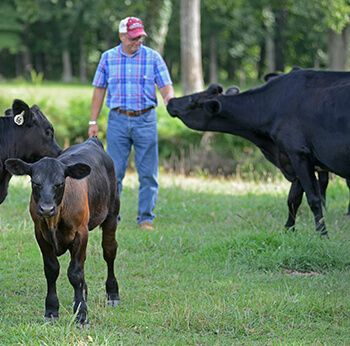Time to Fill In Those Gaps
Aug 20, 2019

The recent dry weather in many areas has exposed gaps in our forage stands. It is time develop a plan for successful re-seeding.
Like many farming projects it is always wise to develop a plan. There are steps you should take to ensure you are on the right road, the road to success.
One other note about soil tests and fertility, DO NOT fertilize right before seeding. Wait until the forage has germinated. Then apply any nutrients called for in your soil sample. Why? If you fertilize before, you may be feeding the existing grass and weeds that are present and thereby creating competition for light, water and nutrients for the new seedlings
For more information, contact your local Co-op or TFC agronomist. Happy planting!
Like many farming projects it is always wise to develop a plan. There are steps you should take to ensure you are on the right road, the road to success.
- Take a soil test of the field you wish to renovate.
One other note about soil tests and fertility, DO NOT fertilize right before seeding. Wait until the forage has germinated. Then apply any nutrients called for in your soil sample. Why? If you fertilize before, you may be feeding the existing grass and weeds that are present and thereby creating competition for light, water and nutrients for the new seedlings
- Choose the right time to do the re-seeding.
- Are you adding to an existing stand or starting over?
- Plant the proper amount of seed.
- Plant when there is moisture in the ground.
- Plant at the proper planting depth.
For more information, contact your local Co-op or TFC agronomist. Happy planting!